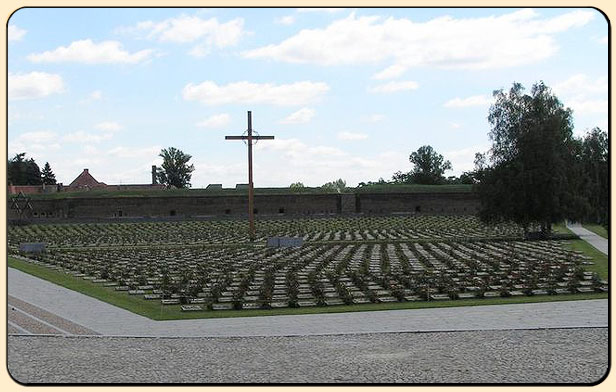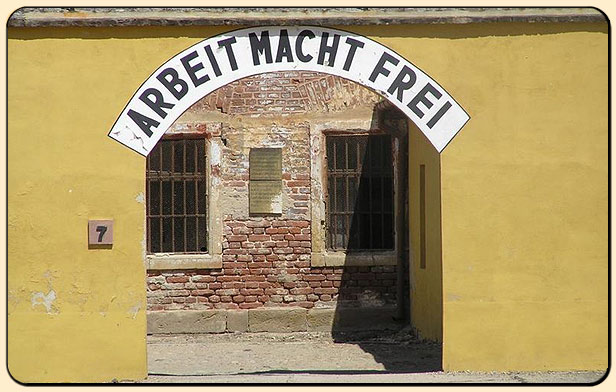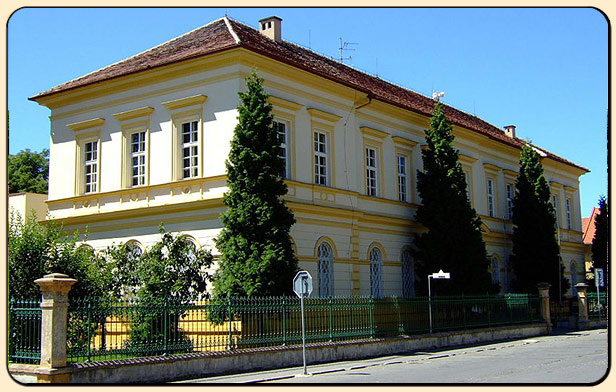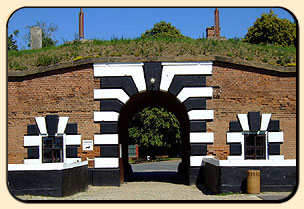Terezin was established at the end of the 18th century by Joseph II as a fortress to protect the borders of the Bohemian Kingdom. It became a notorious concentration camp run by the Nazis during World War II. More than 35,000 Jews perished in the camp’s ghetto.
What to visit:
The site is divided into two parts: the town center with its Ghetto museum and, beyond the center, the Small Fortress with its cemetery.
The Ghetto museum contains Magdeburg Barracks, followed by the Ghetto Mortuary, the Colombarium and the Crematorium with the Jewish Cemetery. More than 9,000 ghetto victims are buried in the latter; and in addition there is a prison cemetery from World War I.
The Small Fortress consists of the Administrative Court with reception office, and the prison commander’s office. You can also visit the cellars, solitary confinement, sanatorium, and sick bay. The second courtyard is where prisoners worked in the workshops during the occupation.The third courtyard was allocated to women, while the fourth contained cells in which 3,000 people were still imprisoned at the end of the war. Outside the Small Fortress is the execution site.
Terezin in Pictures




